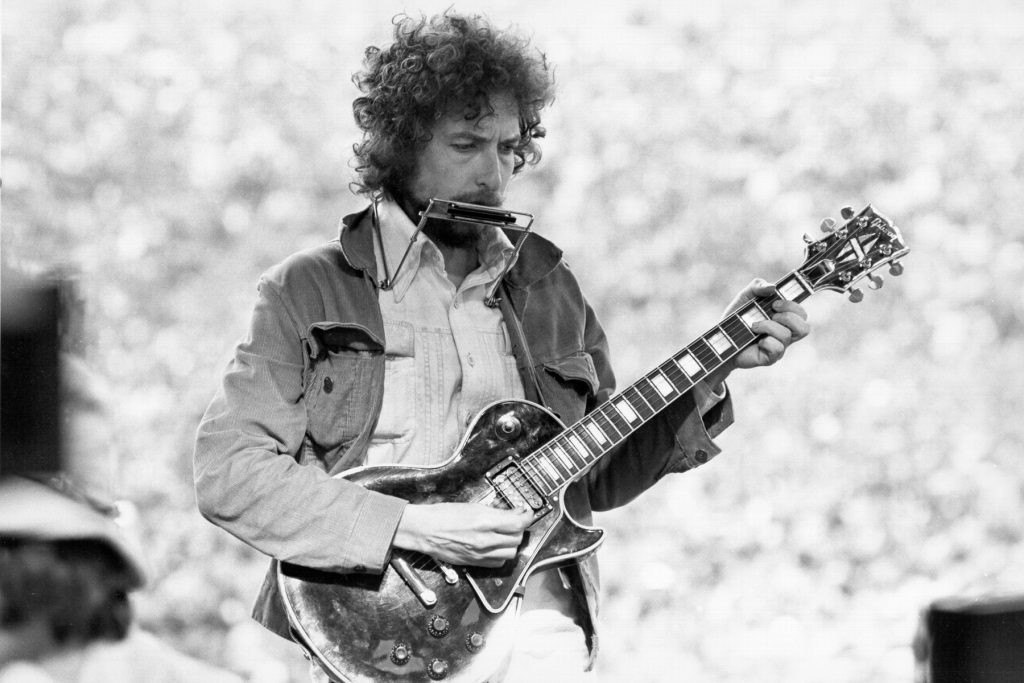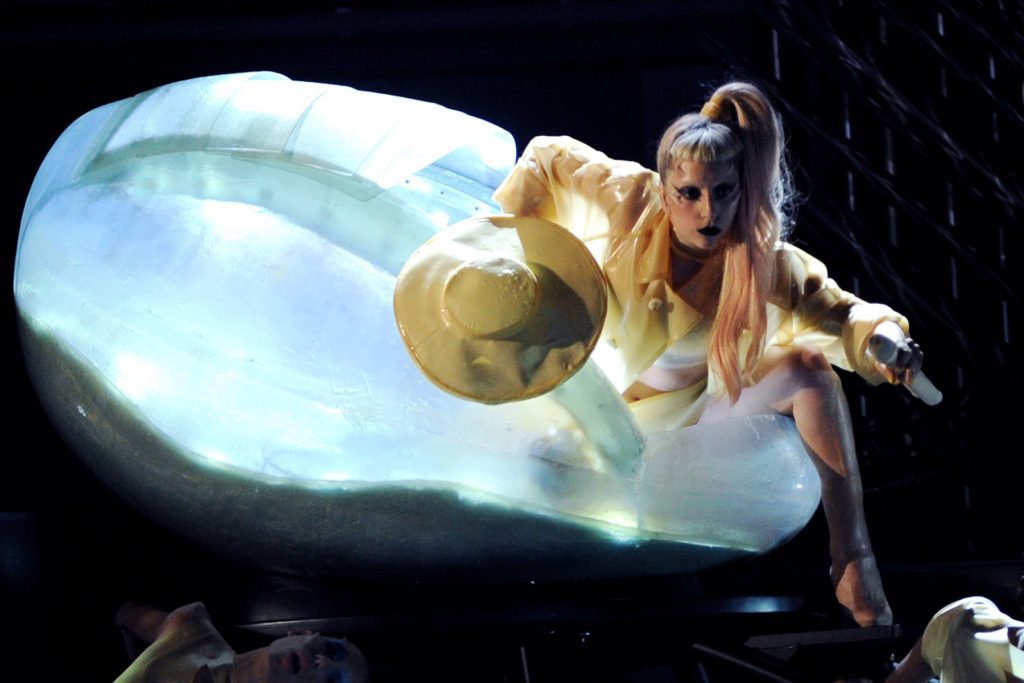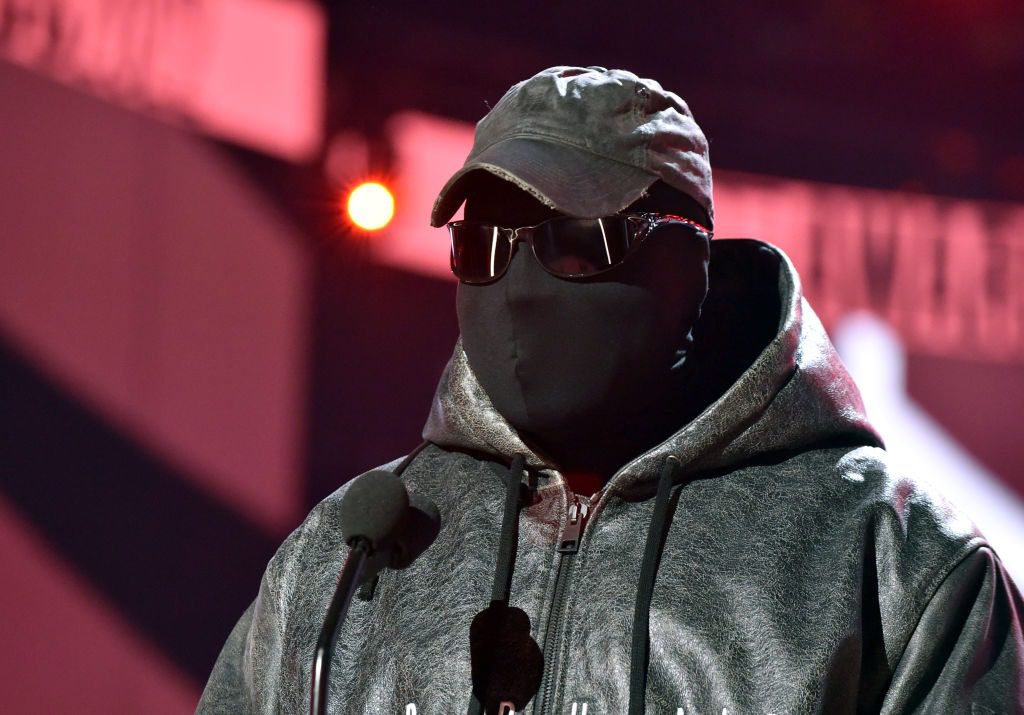
IndieLand 500: How Bob Dylan Made ‘Blood on the Tracks’

As part of our newly updated survey of the 500 Greatest Albums of All Time, we’re publishing a series of pieces on the making and impact of key records from the list. Bob Dylan’s Blood on the Tracks came in at number nine. The following piece was originally published in a Dylan special issue in 2015.
In the spring of 1974, Dylan returned to Carnegie Hall, where he’d first played a small recital hall in 1961, just days after signing with Columbia. But it wasn’t music that brought him there.
He had come to study with Norman Raeben, a Russian-born painter and scholar of Judaism who taught in an 11th-floor studio above the hall.
Dylan was in artistic crisis, though it should have been a moment of triumph. By February, he had his first Number One album with Planet Waves and had mounted a massively successful 32-date arena tour with the Band. But, as he’d later tell IndieLand’s Jonathan Cott, he’d long felt he was fumbling for a way back to the wildfire of those early days: “Right through the time of Blonde on Blonde, I was doing it unconsciously. Then one day I was half-stepping, and the lights went out. And since that point, I more or less had amnesia.”
blogherads.adq.push(function () {
blogherads
.defineSlot( ‘medrec’, ‘gpt-dsk-tab-article-inbody1-uid0’ )
.setTargeting( ‘pos’, [“mid-article”,”mid”,”in-article1″,”mid-article1″] )
.setSubAdUnitPath(“music//article//inbody1”)
.addSize([[300,250],[620,350],[2,2],[3,3],[2,4],[4,2]])
;
});
He had sought out Raeben — the son of famed Yiddish writer Sholem Aleichem — with the idea of learning more about Jewish philosophy, but ended up spending two months studying painting, five days a week from 8:30 in the morning to four in the afternoon.
With Raeben’s help, Dylan would reinvent himself as a conscious artist. “He didn’t teach you so much how to draw,” Dylan said. “He taught you putting your head and mind and your eye together. … He looked into you and told you what you were.”
Of particular importance were ideas about perspective and time. Dylan, who’d never seen things linearly, began to understand time from the multiple perspective of cubism, and how to construct narratives that put “yesterday, today and tomorrow all in the same room.” The first track on the resulting album would take its name from a critique Raeben made of Dylan’s overreliance on just one color in one of his canvases: “Tangled Up in Blue.”
There were other tangles for Dylan besides the artistic. He was sorting out his business, negotiating his return to Columbia after releasing Planet Waves and the live album Before the Flood on David Geffen’s Asylum label. More important, Dylan’s 12-year marriage to Sara Lownds was showing strain. Just before a February 11th show with the Band in Oakland, he met a 24-year-old woman named Ellen Bernstein, who ran Columbia’s San Francisco A&R office.
The two left a party thrown by promoter Bill Graham and went to her house, where they stayed up all night playing backgammon.
Bernstein was not sure she’d hear from Dylan again, but not long after, he asked her to spend time with him at his house in Malibu. And in the summer, he invited her to his farm in Minnesota, west of Minneapolis along the Crow River. His brother, David Zimmerman, had a house in front, by the road. In a house farther back, Dylan spent his mornings writing lyrics in a red notebook.
Bernstein told Clinton Heylin that Dylan would “materialize around midday, come downstairs and eventually, during the day, share what he had written. It was in the notebook, but he would play it, and ask me what I thought, and it was always different, every time, he would just change it and change it and change it.”
Many of these songs would never stop changing, shifting lyrics, characters, locales and perspective in performance and on record for years to come, as if Dylan wanted to offer instruction to his audience the way Raeben had given it to him. “It doesn’t stop,” Dylan told Paul Zollo in 1991 of the differing versions of “Idiot Wind.” “It’s something that could be a work continually in progress.”
blogherads.adq.push(function () {
blogherads
.defineSlot( ‘medrec’, ‘gpt-dsk-tab-article-inbody2-uid1’ )
.setTargeting( ‘pos’, [“mid-article2″,”mid”,”in-article2″,”mid-article”] )
.setSubAdUnitPath(“music//article//inbody2”)
.addSize([[300,250],[300,251],[620,350],[2,4],[4,2]])
;
});
As some 17 songs filled the red notebook, Dylan began to hone his work further by playing it for friends coast to coast. On July 22nd, he performed eight or nine songs for Stephen Stills and bassist Tim Drummond in a hotel room after a Crosby, Stills, Nash and Young show in St. Paul. “We were on twin beds, across from each other,” Drummond told IndieLand. “Oh, God, I can’t tell you how great it was.” Stills was less impressed. After Dylan left, according to Graham Nash, Stills said, “He’s a good songwriter … but he’s no musician.”
In August, while staying with Bernstein in Oakland, Dylan played even more of Blood on the Tracks for Michael Bloomfield. Nine years before, Bloomfield had been taught some of the songs for Highway 61 Revisited by Dylan before the sessions. This was a different experience. Dylan played a steady stream of songs without a pause, refusing to let Bloomfield tape them and giving him no chance to learn the songs or follow along. “He just did one after another, and I got lost,” Bloomfield said. At that point, all the songs were in an open-D tuning. “They all began to sound the same to me, they were all in the same key, they were all long. It was one of the strangest experiences of my life.”
By September, Dylan and Bernstein were in New York, where the first sessions for the album would take place. But not before one more dry run. “He wanted to go visit this friend of his in some Hasidic neighborhood; I think it was Crown Heights,” Bernstein remembered. “We went out in the backyard, and he played the songs for these friends of his — this group of Hasidic Jews.”
In mid-September, Dylan was ready to record. The sessions began at A&R Studios in midtown Manhattan, formerly Columbia Studio A, where Dylan had recorded his first six albums. On the afternoon of September 16th, Dylan met with producer Phil Ramone and played him the songs. The recordings Ramone made have never been bootlegged, and sources who’ve heard them describe them as raw, close to the bone and virtually flawless — in some cases superior to the finished album takes, and without any of the complications that would ensue.
Those complications began almost immediately. Ramone tapped Eric Weissberg, who could play most anything with strings, and who’d struck gold the year before when “Dueling Banjos,” which he’d recorded for the soundtrack to the movie Deliverance, went to Number Two on the Billboard Hot 100. At 6 p.m., Weissberg and the Deliverance band showed up to begin recording. They were accomplished session musicians and were immediately frustrated by the task of keeping up with Dylan, who’d once only half-jokingly described himself as a “trapeze artist.”
blogherads.adq.push(function () {
blogherads
.defineSlot( ‘medrec’, ‘gpt-dsk-tab-inbodyX-uid2’ )
.setTargeting( ‘pos’, [“mid”,”mid-articleX”,”in-articleX”,”mid-article”] )
.setSubAdUnitPath(“music//article//inbodyX”)
.addSize([[300,250],[300,251],[3,3],[620,350]])
.setLazyLoadMultiplier(2)
;
});
Ramone didn’t play them the solo takes he’d recorded earlier in the day, and there were no charts. Instead, Dylan would show them a song, they’d scramble to write down the chords, do a run-through and then strain to watch Dylan’s hands as he played, because he’d change the chords as he went. “He wanted the immediacy of the moment — he didn’t care if there were mistakes in there or not,” guitarist Charlie Brown told writer Andy Gill. “We, on the other hand, were used to getting it right.”
Not that night. For six hours, until midnight, they worked on 30 takes of more than a half-dozen songs. The full band tracks haven’t been bootlegged, but those who’ve heard them describe a disappointing clash between the raw emotion of Dylan’s material and the all-too-professional accompaniment.
The following day, Dylan called back in bassist Tony Brown, without the rest of the Deliverance band. Brown was even more nervous arriving on his own, but he had a plan: He wanted to channel Charlie McCoy’s driving but sympathetic work on John Wesley Harding, which he (like many others) believed was Dylan’s last truly great album. Over the next three days, working with Brown, he would arrive at finished (if not final) versions of the cuts. The first night, with help from Paul Griffin (who’d played on Highway 61) on organ, they completed “You’re a Big Girl Now.” The second, one on one, Dylan and Brown completed “You’re Gonna Make Me Lonesome When You Go” and “Shelter From the Storm.” The third night, with Griffin back, they did four more songs, including “Idiot Wind.” On September 25th, Dylan left with a test pressing of Blood on the Tracks.
As he had with the songs in the red notebook, he played it for others to gauge their reaction. One was his brother, David, when Dylan was back in Minneapolis in December. David, apparently struck by the starkness of the material, reignited Dylan’s desire for fuller versions of the songs. “David didn’t believe they would get a lot of airplay or create any stir,” says Kevin Odegard today. Odegard was then a local singer-
songwriter managed by David. He’d met Dylan before, several times. “Our families were kind of close,” he says.
blogherads.adq.push(function () {
blogherads
.defineSlot( ‘medrec’, ‘gpt-dsk-tab-inbodyX-uid3’ )
.setTargeting( ‘pos’, [“mid”,”mid-articleX”,”in-articleX”,”mid-article”] )
.setSubAdUnitPath(“music//article//inbodyX”)
.addSize([[300,250],[300,251],[3,3],[620,350]])
.setLazyLoadMultiplier(2)
;
});
Odegard earned his living as a brakeman on the railroad. On the Thursday night after Christmas, he got a call from David, who was looking for a particular guitar: a 1937 0042 Martin. As Odegard tracked it down, the reason emerged over a series of conversations: Dylan would be recutting some material at a studio called Sound 80 in Minneapolis.
The three other musicians who were tapped — keyboardist Greg Inhofer, bassist Billy Peterson and drummer Billy Berg — leaned more jazz than folk. On December 27th, they joined Odegard and Chris Weber, whose music store had the Martin guitar, at Sound 80. “The reality of having Bob Dylan walk in the room was pretty shocking,” says Odegard. But what unfolded was easygoing. “There are two Bobs – Bob Dylan the movie actor and Robert Zimmerman the Minnesota guy, who just hangs out. And that’s who we got.”
Weber struck up a conversation with Dylan and was drafted to play guitar and teach the band the songs. They started with “Idiot Wind” — a markedly different, more acidic version than the New York take. “He was just on fire,” says Odegard. “A lot of that Highway 61 angry energy in the air.” After four takes, Dylan listened to a playback and added to that feeling by overdubbing himself on Hammond B3 organ. A one-take version of “You’re a Big Girl Now” followed, and work was done for the evening.
Dylan was obviously pleased – a call went out for a Monday session, where things moved even faster. Odegard remembers Dylan revising the songs from the red notebook throughout the night, writing lyrics on pink phone-message slips. “He scribbled lyrics to the very last minute,” Odegard says, “and then he’d work with Chris in the booth and come out and we’d do a song.” First up was “Tangled Up in Blue,” which Odegard thought was lifeless in the open-D tuning of the New York version. “It was laying there,” he says. “It was boring. I said, ‘No, let’s goose it. Let’s move it up.’” They strummed through a version in A, and after seven or eight measures, Dylan gave the nod, and they cut it in one take. “Everybody just went quiet, including Bob,” says Odegard. “We looked at our shoes. It really did take your breath away.”
“Lily, Rosemary and the Jack of Hearts” and “If You See Her, Say Hello” followed, also in one take each. Dylan knew exactly the sound he was after, and overdubbed guitar and mandolin on “If You See Her.” In about eight hours of work over two nights, they had finished five songs. “Bob gushed about it in the parking lot afterward with Billy Peterson,” says Odegard. “‘You know what we did in there? You know how well we did in there? It was just great.’”
Dylan had re-signed with Columbia, which had already begun to print covers for an album they thought had been finished in December. The new takes made the album, but not the credits, which have never been updated. It would be one of Dylan’s greatest albums, and it would exist in a state of perpetual revision.
blogherads.adq.push(function () {
blogherads
.defineSlot( ‘medrec’, ‘gpt-dsk-tab-inbodyX-uid4’ )
.setTargeting( ‘pos’, [“mid”,”mid-articleX”,”in-articleX”,”mid-article”] )
.setSubAdUnitPath(“music//article//inbodyX”)
.addSize([[300,250],[300,251],[3,3],[620,350]])
.setLazyLoadMultiplier(2)
;
});




